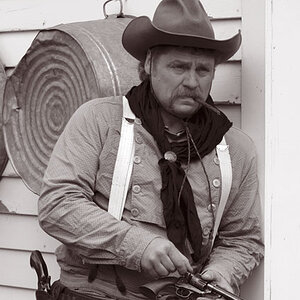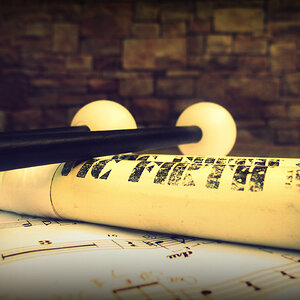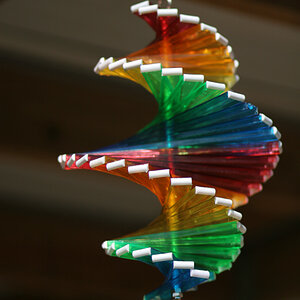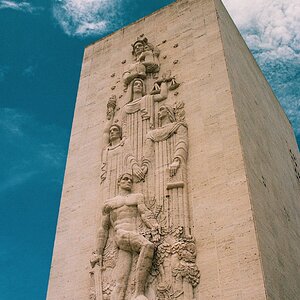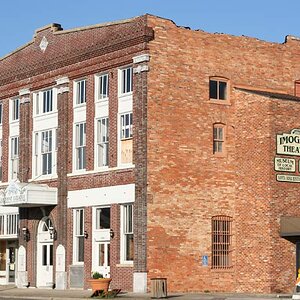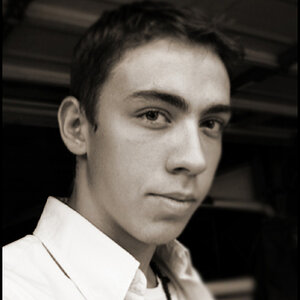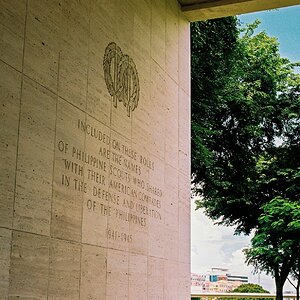- Joined
- Mar 8, 2011
- Messages
- 25,160
- Reaction score
- 9,010
- Location
- Iowa
- Website
- pixels.com
- Can others edit my Photos
- Photos NOT OK to edit
Cool! Did not know that. Thanks!Really? Thought you needed to remove the film from the canister and process it in total darkness and fiddle around with chemicals (been a long while...).
You do need total darkness to remove the film from the canister. But you don't need a dark 'room'. You just need a dark 'space'. Like a film changing bag. Once the film is in the developing tank (which, by design is light-tight), you can develop it anywhere you like. The kitchen sink, the porch, the deck, the garage.................
You can get everything you need (film changing bag, tank, reels, chemicals, the whole she-bang) to develop b&W for around $100US. After that, it's just how much film you shoot will dictate how much chemicals you need to buy.
I tend to not develop right after I shoot film. I usually store all my exposed film until winter when it's dark & cold outside and I have more time available to develop it. That way I don't waste chemicals by having them on the shelf too long and they go bad.


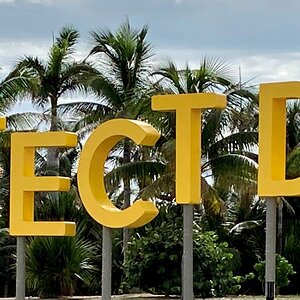
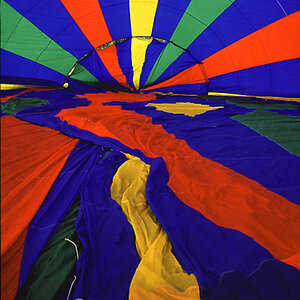
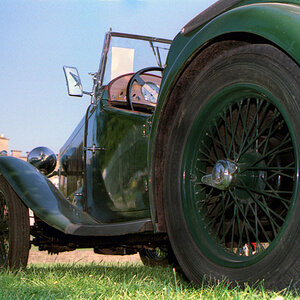
![[No title]](/data/xfmg/thumbnail/30/30869-817b4d4e7585860fab4b08558512787a.jpg?1619734487)

